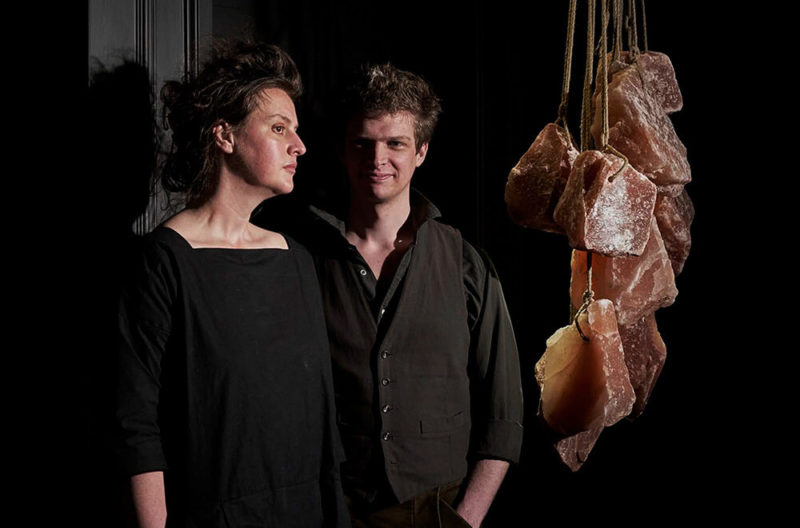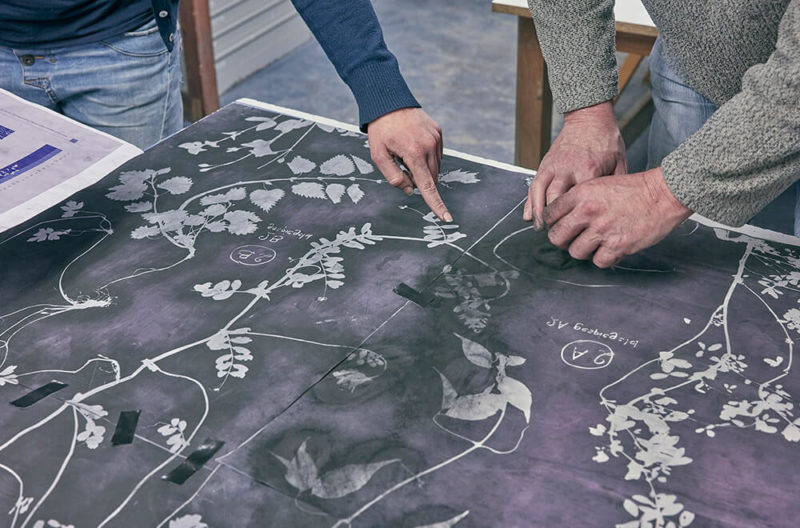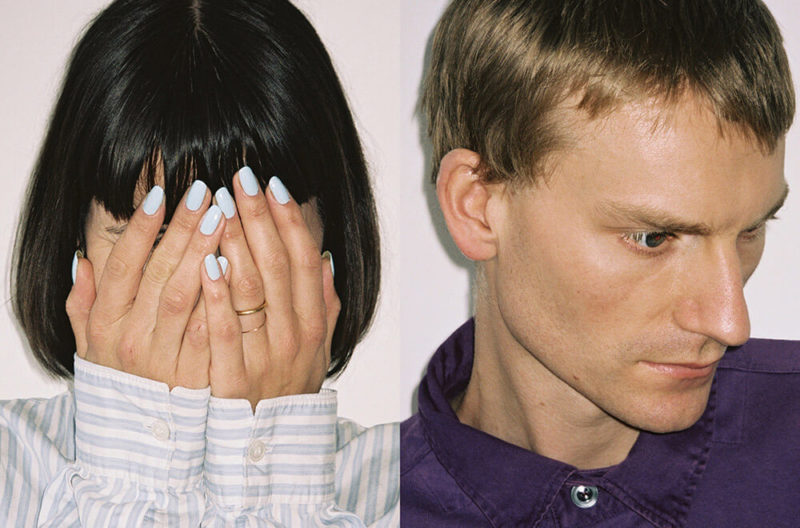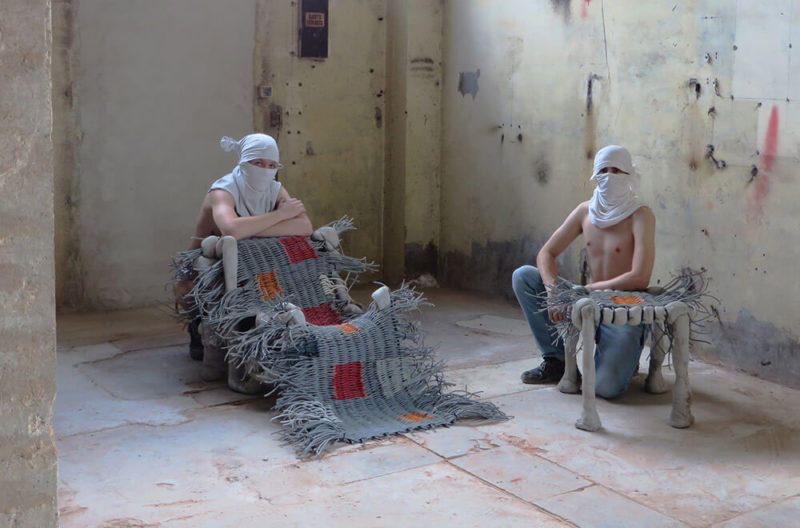Design Duos / Studio Wieki Somers
Quietly transforming the ordinary into the extraordinary.
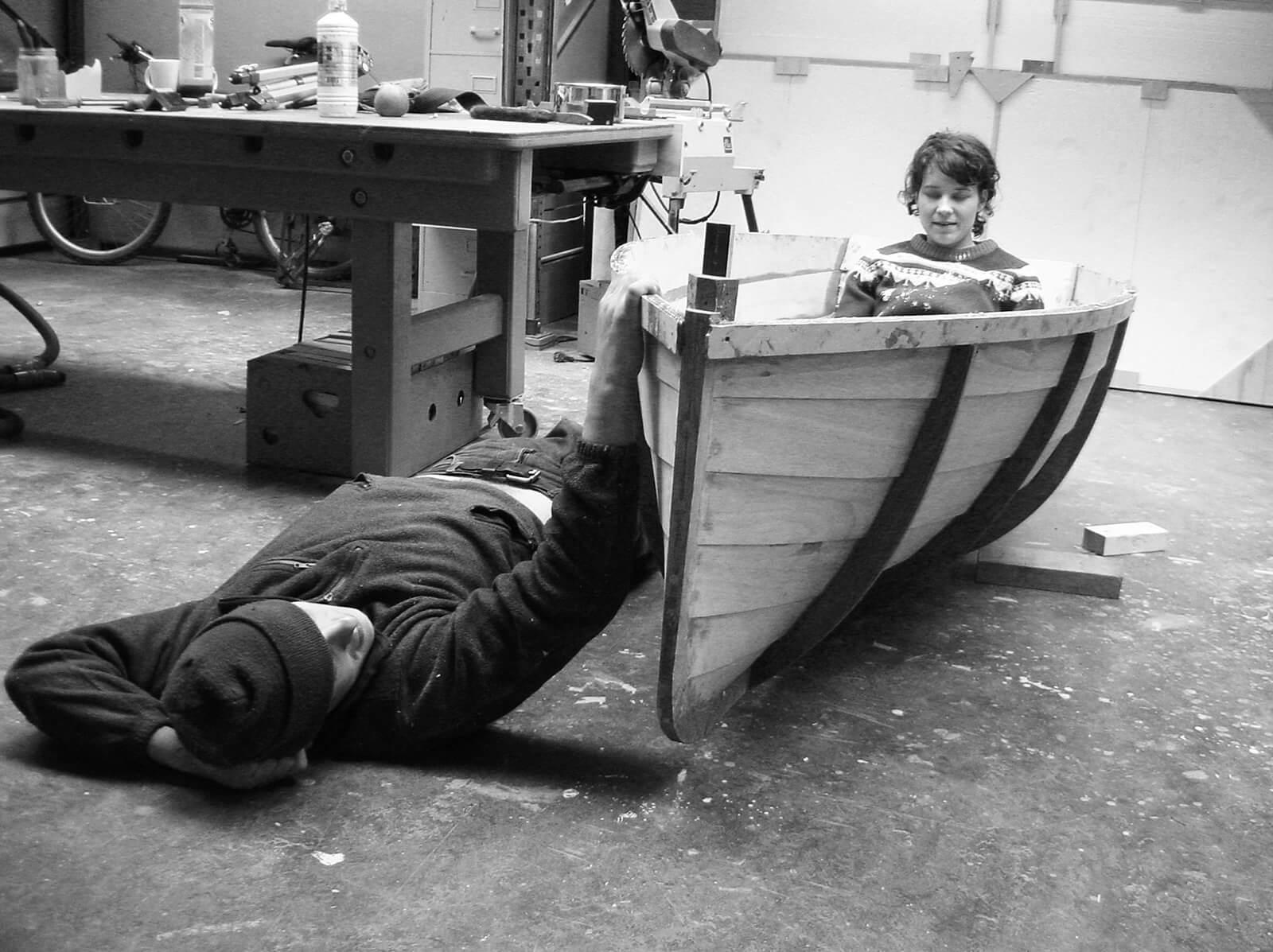
Wieki Somers and Dylan van den Berg in the first ‘Bathboat’, 2005
COURTESY: Studio Wieki Somers
The year, 2003, when Wieki Somers and Dylan van den Berg set up their shared business, Studio Wieki Somers, they produced a tea pot in the shape of a pig’s skull, accompanied by a fur tea cosy. Three years later, their bathtub in the shape of a boat, a playful inversion of boats in baths, produced in limited edition by Galerie Kreo, charmed collectors and featured in design magazines across the world. The duo have made a name for themselves with functional design that indulges fantasy while never losing a sharp edge of wit. Their work seizes on the everyday, the ordinary object – a light, a bathtub, a chimney pot, a folding chair – and transforms it through an ingenious deployment of new technology, new material or unexpected re-imagination. Take the ‘Bellflower Lamp’, two metres high, woven from one strand of fibre, with a combination of high-tech carbon and glass fibre braiding techniques developed for the aerospace industry – yet with all the delicacy of a flower. Besides working for international clients such as Alexander McQueen, Arita, Hermès, Valerie Objects, Kvadrat and Galerie Kreo, the Studio’s works are part of major museum collections, including the Museum of Modern Art in New York, the Centre Pompidou in Paris, Museum Boijmans Van Beuningen in Rotterdam and the Victoria and Albert Museum in London. TDE caught up with them in Rotterdam.
The Design Edit (TDE): What drew you to work together?
Wieki Somers: We met at the Design Academy Eindhoven where we both studied – we fell in love in the school canteen. Dylan graduated two years before me, and after a break we came together again and became increasingly involved with each other projects. We were always discussing the beauty of small daily things in life and were fascinated with the hidden meanings behind everyday customs. After a period of searching, in which we worked on individual projects, we soon realised that the projects became stronger if we worked on them together. In 2003, it was a logical step to work fulltime together under the name Studio Wieki Somers. Dylan prefers to work more behind the scenes, but he is fully present in the research and design process.
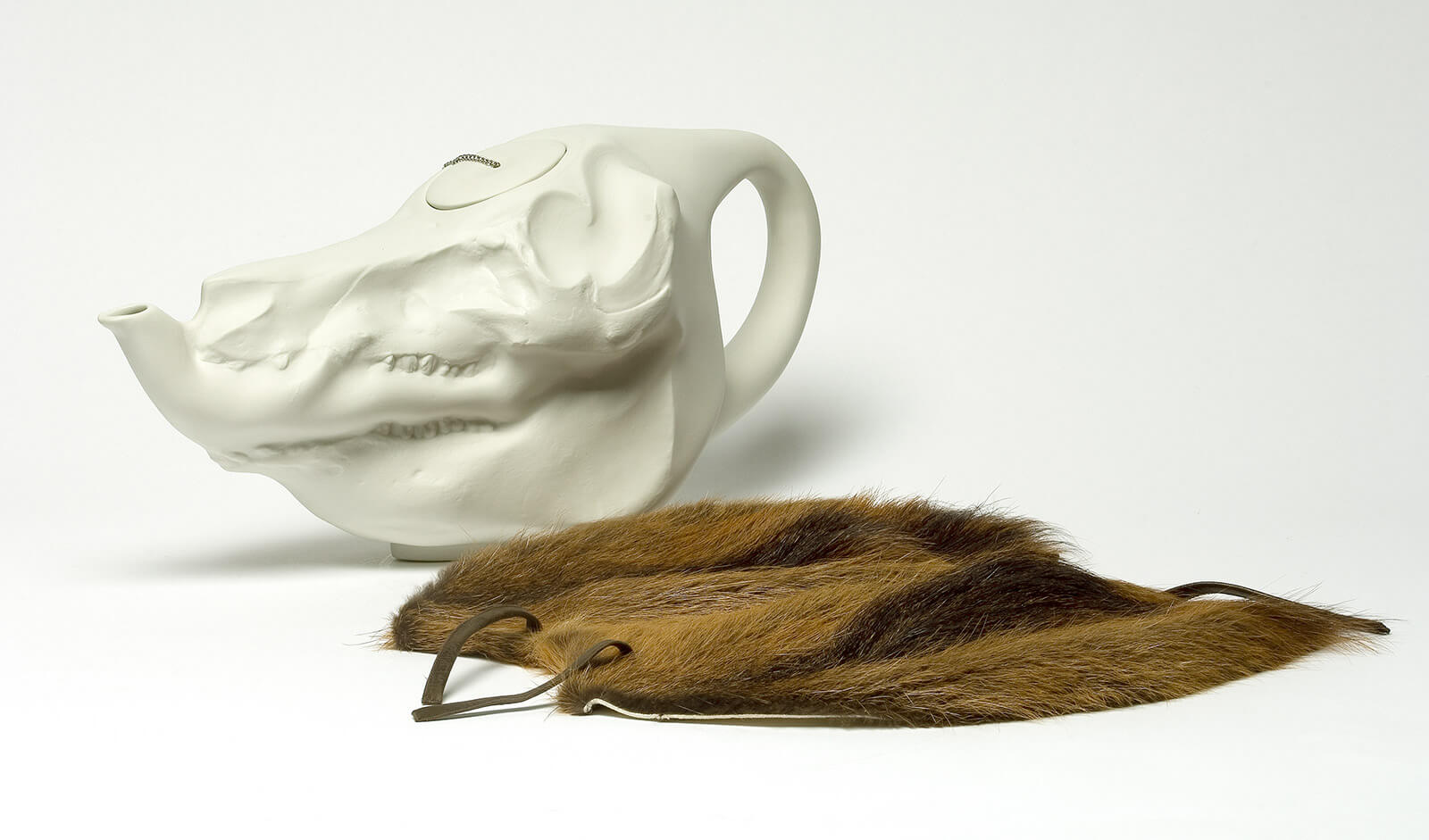
Studio Wieki Somers, ‘High Tea Pot’, 2003
COURTESY: Studio Wieki Somers / PHOTOGRAPH: Jean Tholance
TDE: How has your combined creative output developed?
Wieki Somers: In some ways we work now more in parallel than together – but we always manage to bring the pieces together. You have to find the solution yourself in order to be convinced and face the other’s critique. Then we have the best dialogues.
Our approach is characterised by an unexpected combination of technical ingenuity and sensitivity to form and materials, resulting in layered products with a soul. Our work is a continuous process, a quest. It is not about one day’s work, but the result of years of working together. Over the years it is getting clearer what is important to us; the products we create engender wonder and silence. They are critical but not loud. We re-awaken the hidden qualities in ordinary objects, inviting people to look with fresh eyes at their everyday reality.
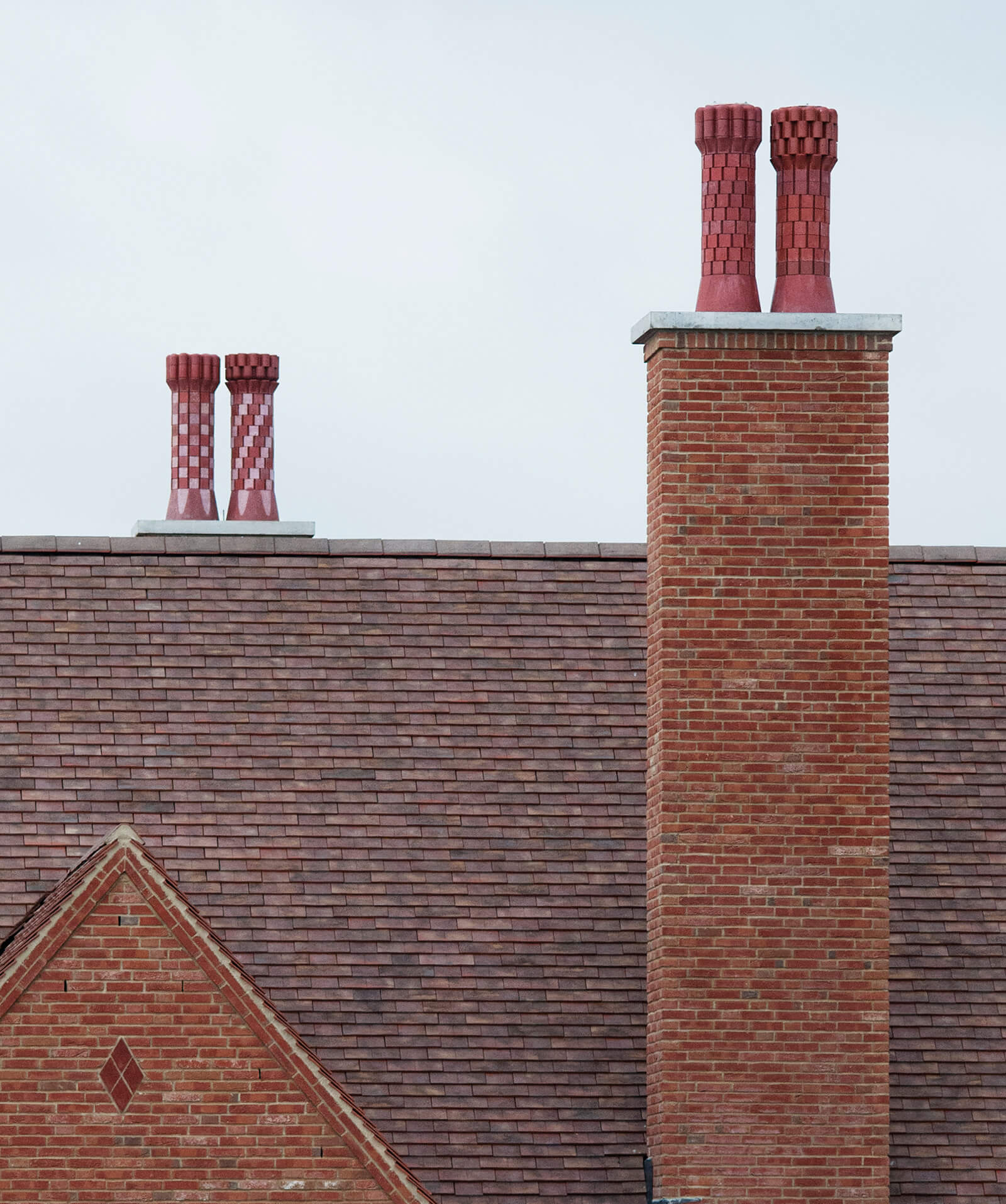
Studio Wieki Somers, ‘Chimney Pots’, 2014
COURTESY: Studio Wieki Somers / PHOTOGRAPH: Pien Spijkers
TDE: How do you work creatively? Do you split the work, or do your skills overlap and complement? Are you polar opposites?
Wieki Somers: Our work is the productive cooperation of two complementary characters. Through a continuous dialogue we brood on ideas, experiment with different materials and techniques, and create projects that trigger both the imagination and the senses. The results are a symbiosis of the many thoughts that pass by. We understand each other without the need for many words.
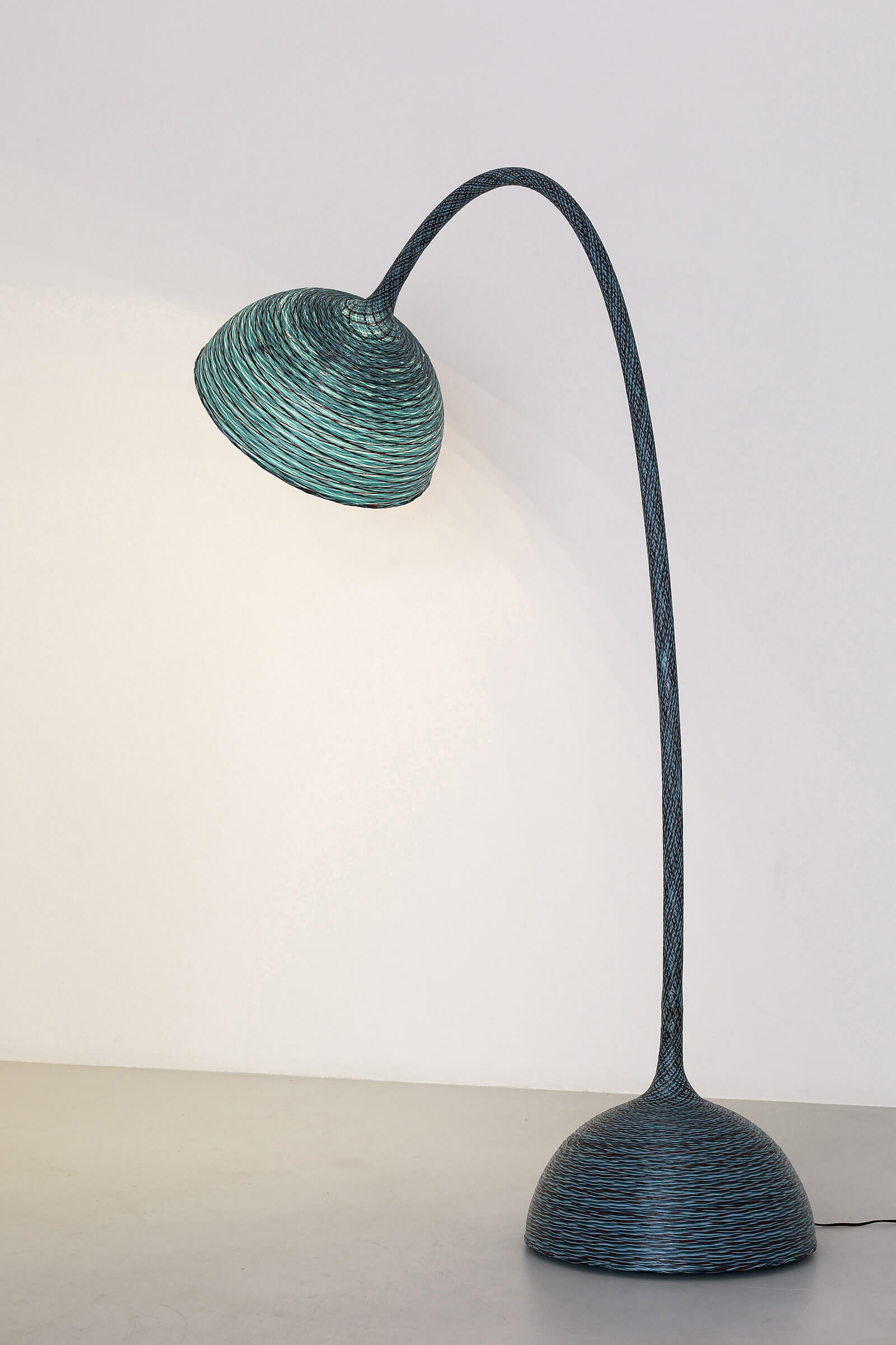
Studio Wieki Somers, ‘Bellflower Lamp’, 2007
COURTESY: Studio Wieki Somers / PHOTOGRAPH: Fabrice Gousset
“We re-awaken the hidden qualities in ordinary objects, inviting people to look with fresh eyes at their everyday reality”
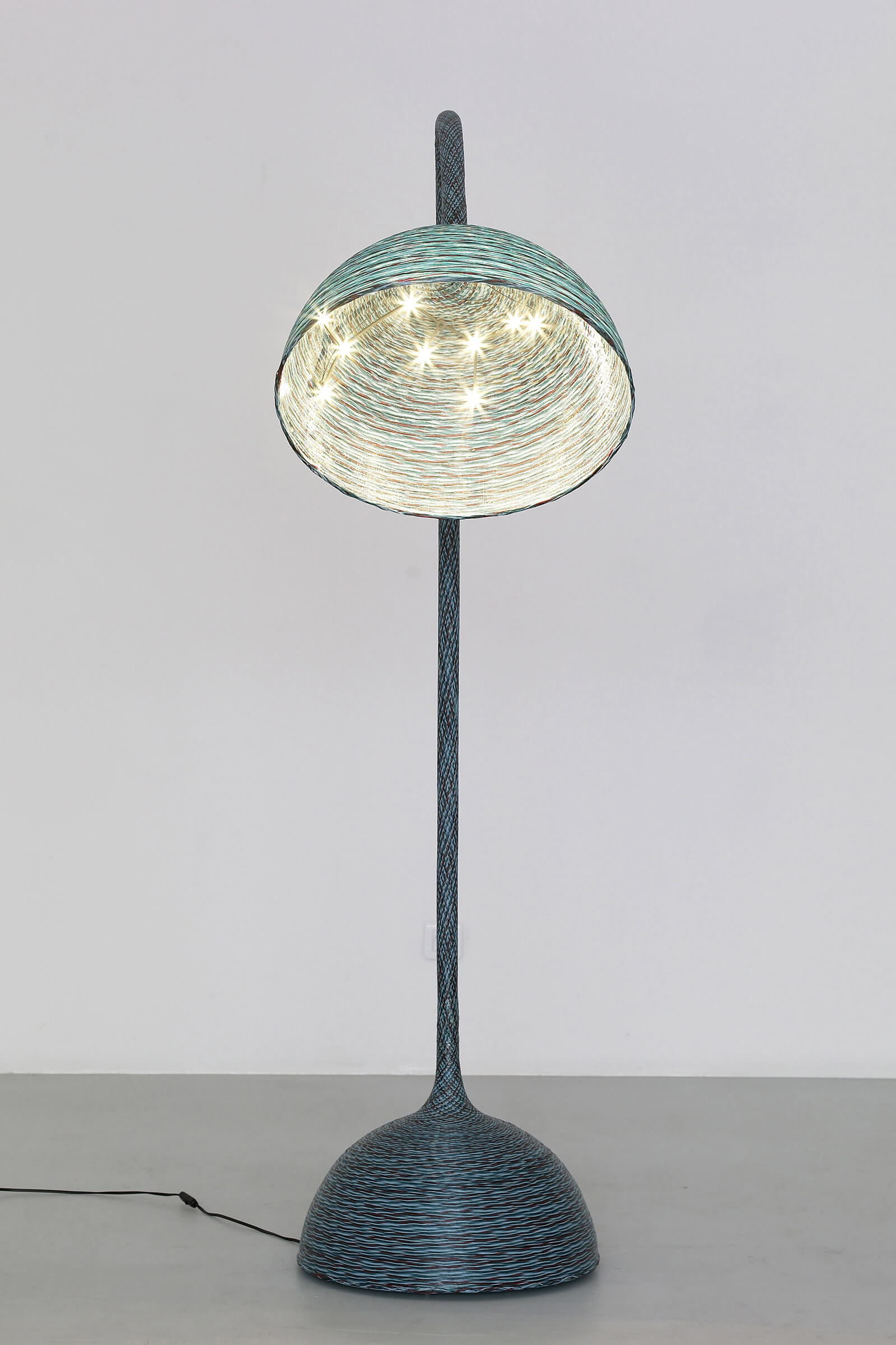
Studio Wieki Somers, ‘Bellflower Lamp’, 2007
COURTESY: Studio Wieki Somers / PHOTOGRAPH: Fabrice Gousset
“The products we create engender wonder and silence. They are critical but not loud”
Dylan is more fragmented and I see more of the bigger picture, both important. Dylan has a good understanding of proportion and space, especially if I think of how the ‘Merry-go-round Coat Rack’ (2009) found its place in the rather small foyer of the Museum Boijmans Van Beuningen. Standing together in the empty space, before we started the project, I remember saying that the coats should float under the ceiling. And Dylan came with the idea of the old mineworkers’ system. We were both thinking of a merry-go-round – and so it happened.
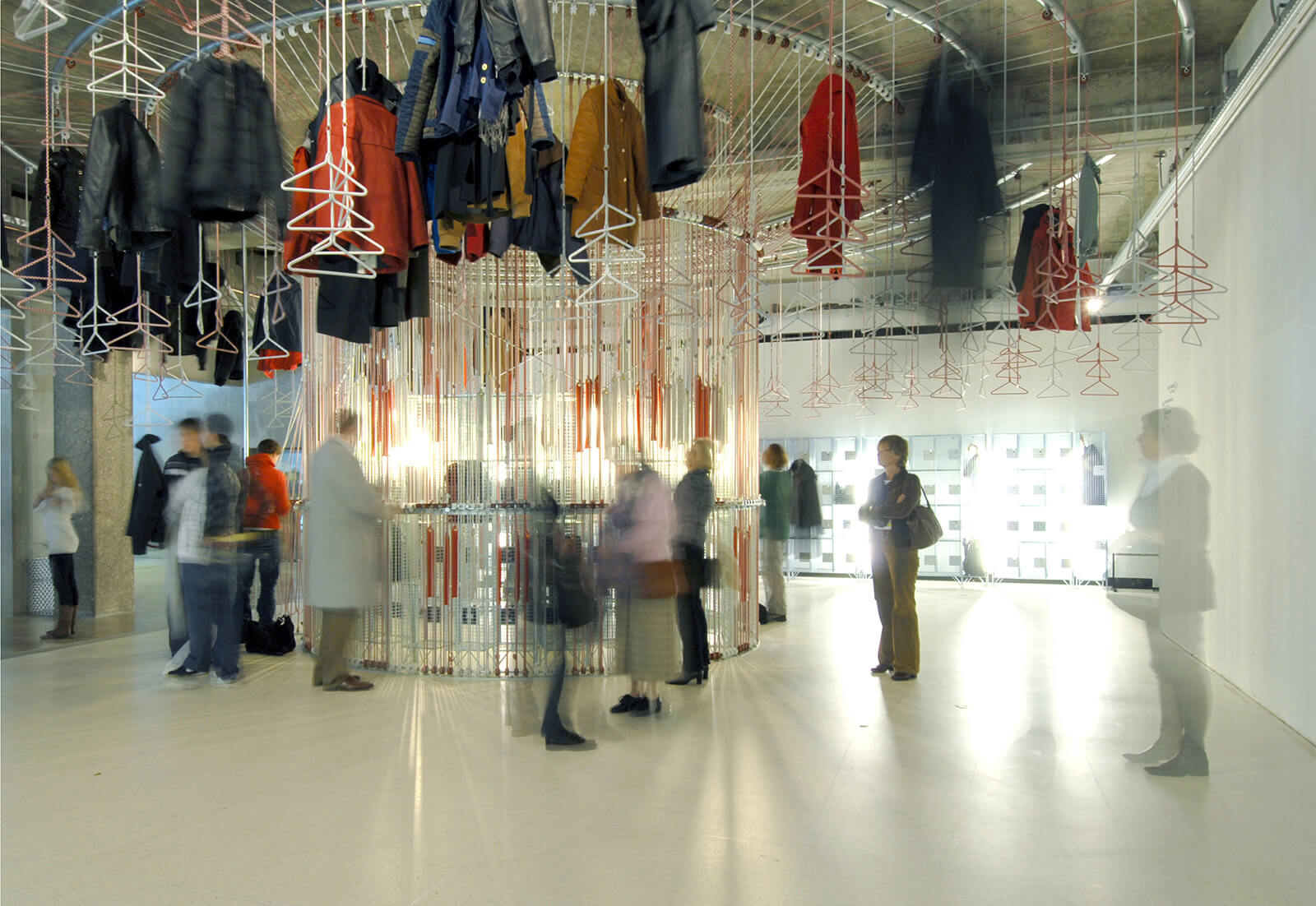
Studio Wieki Somers, ‘Merry-go-round Coat Rack’ for Museum Boijmans Van Beuningen, 2009
COURTESY: Studio Wieki Somers
In the only interview with Dylan (for our book) he said: “With Wieki you should never take things for granted. Her greatest talent is her ability to dream.” But it is Dylan who set my feet firmly back on the ground: he holds the balloon and keeps it from flying away. He has the technical skills to translate our initial ideas and he is good at finding the right materials and techniques. But his insistence on experimentation can sometimes be a curse – it is never good enough.
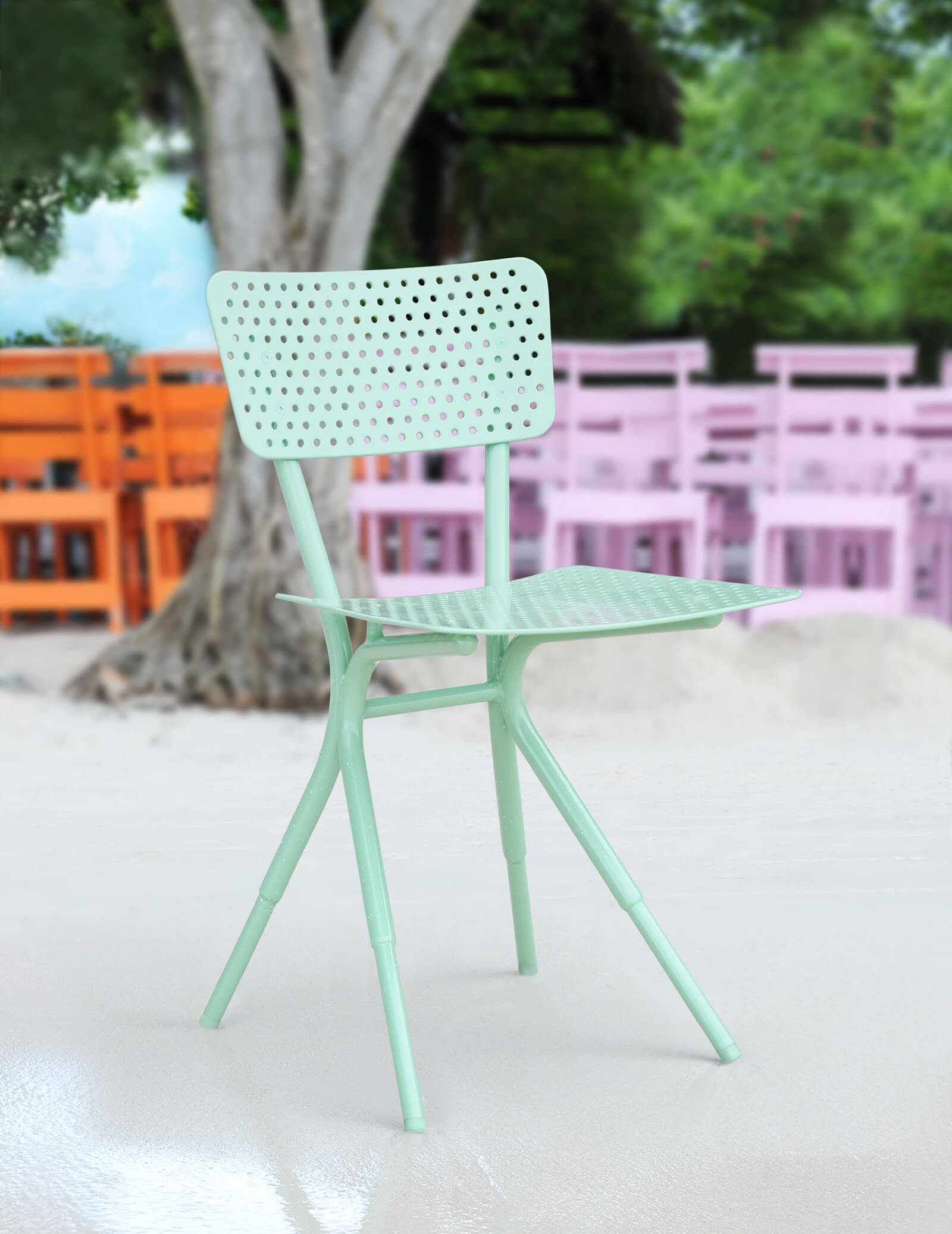
Studio Wieki Somers for Tectona, ‘Grasshopper’ chair, 2010
COURTESY: Studio Wieki Somers
TDE: How do you deal with tension and friction, pulls in different directions?
Wieki Somers: The discussions we have can be very passionate and when they are held during our studio meetings it might seem that they are not always very productive – but I believe that it makes the project better in the end. Usually, there is always one of us who is more involved with a specific project, and so that person will make the final decision if necessary.
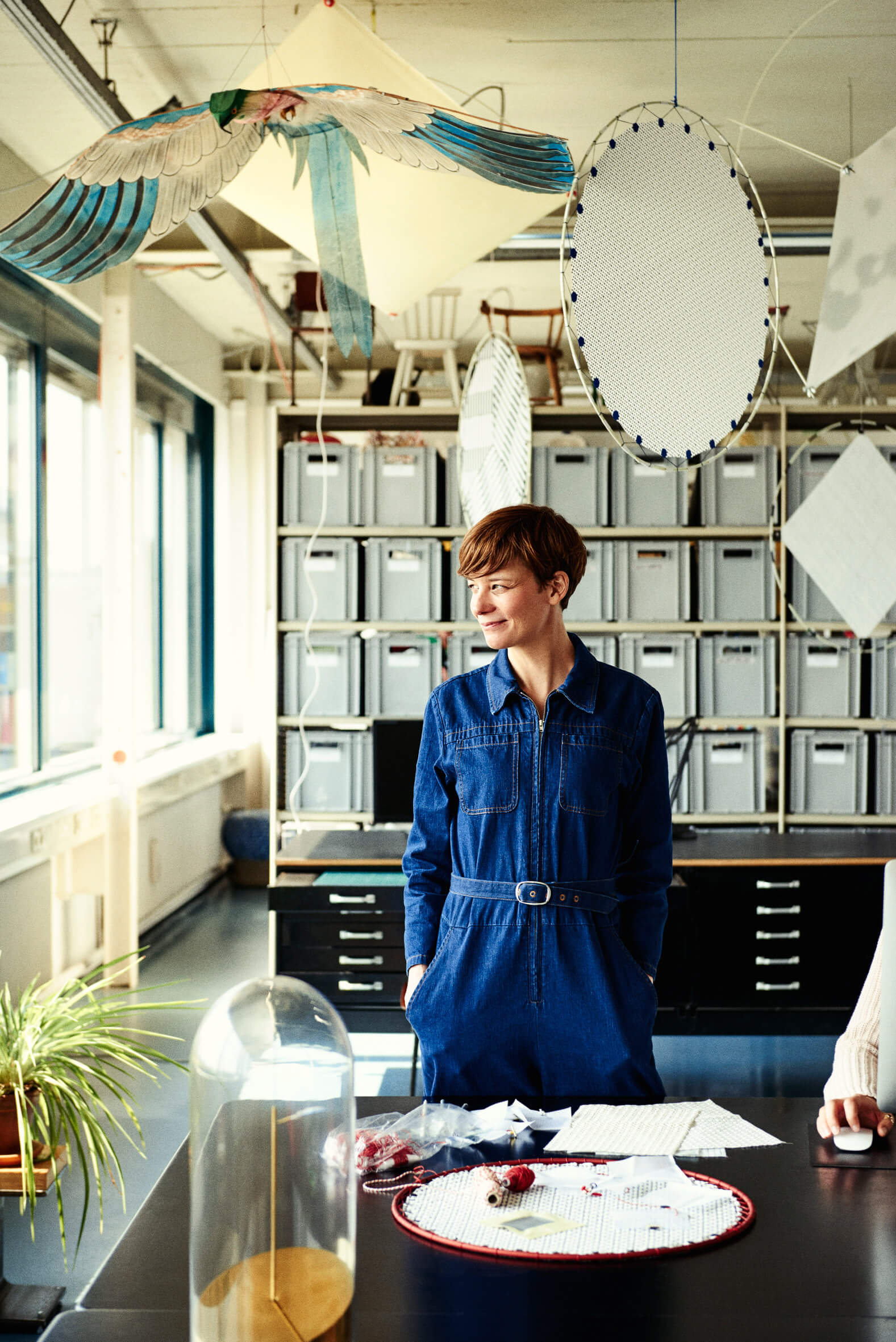
Wieki Somers, 2017
COURTESY: Studio Wieki Somers / PHOTOGRAPH: Anne Timmer
TDE: Why are two people better than one?
Wieki Somers: Because of the different qualities that come together.
TDE: What are you working on at the moment?
Wieki Somers: At this moment I am working on textile, rugs, and an exhibition about The Roaring Twenties (in design). Dylan is working on the last phase of the design process on clocks and an installation for the public space. Together we are working on research and some projects for industrial labels – furniture, lamps and a dinner set, amongst other things.
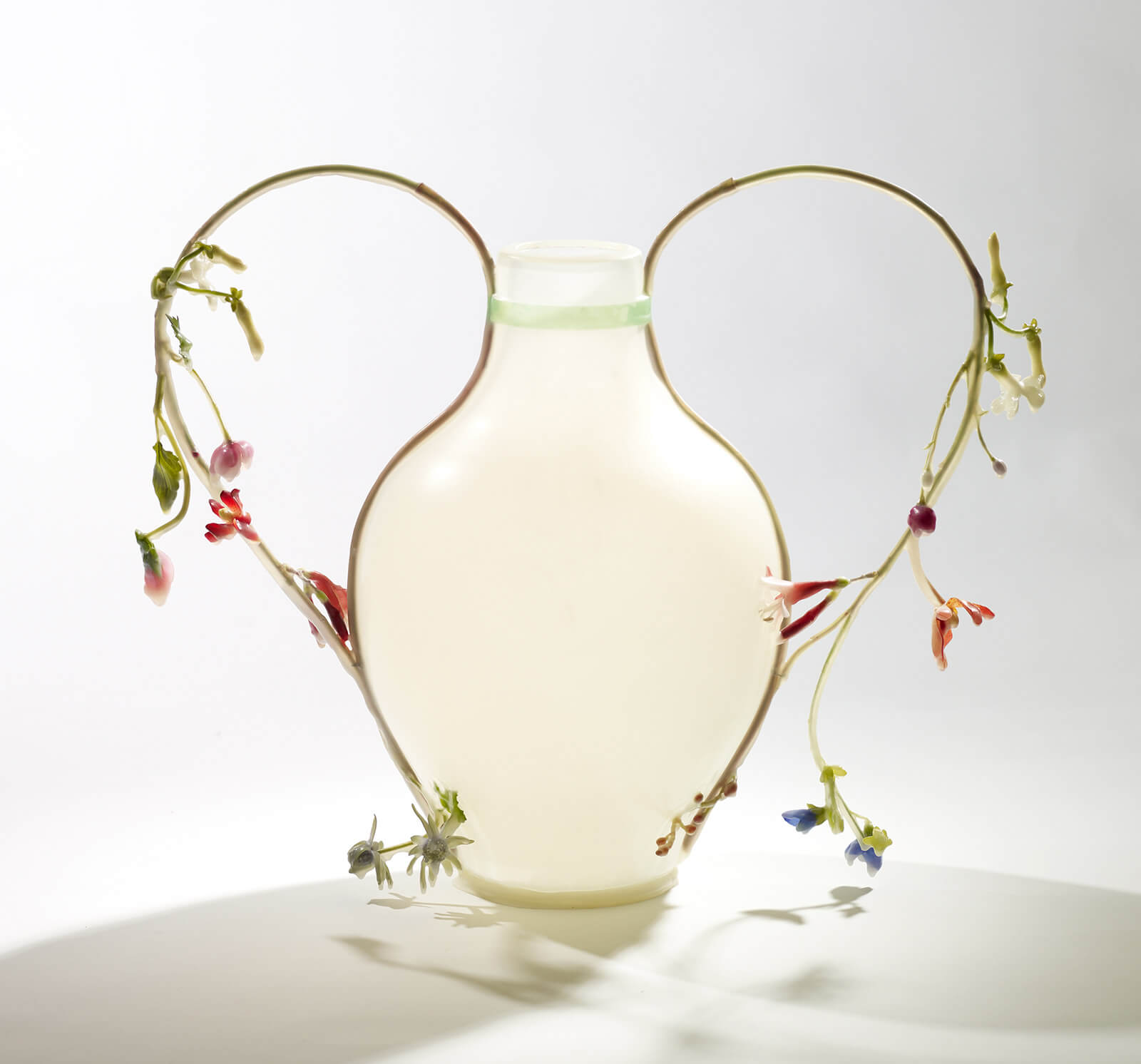
Studio Wieki Somers, ‘Frozen Vase’, 2010
COURTESY: Studio Wieki Somers / PHOTOGRAPH: Fabrice Gousset
Studio Wieki Somers – focusses on providing an enlightened reading of the everyday environment.




